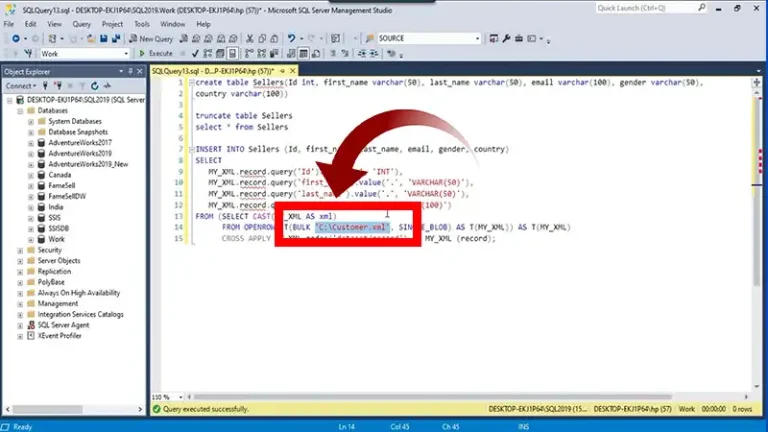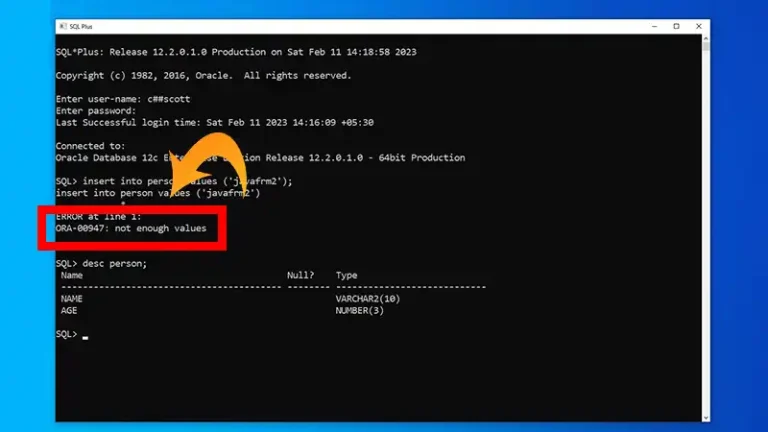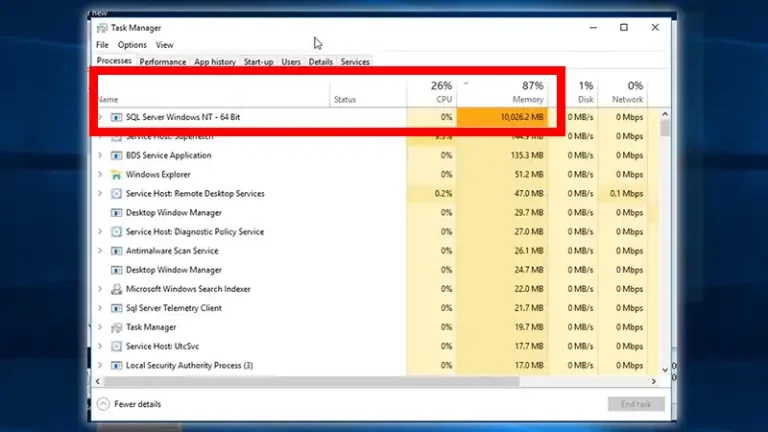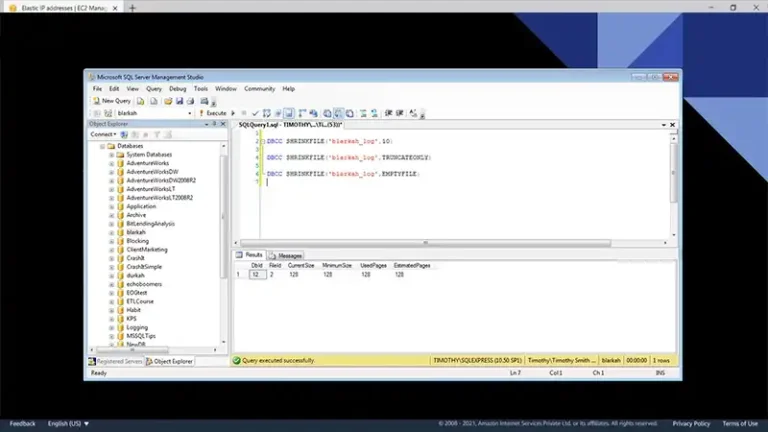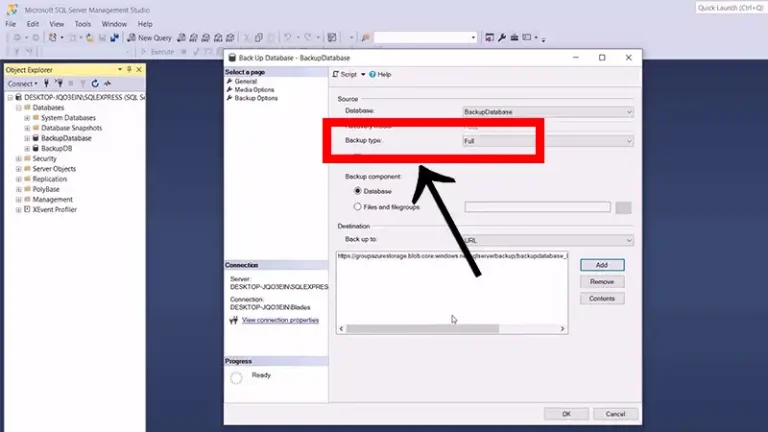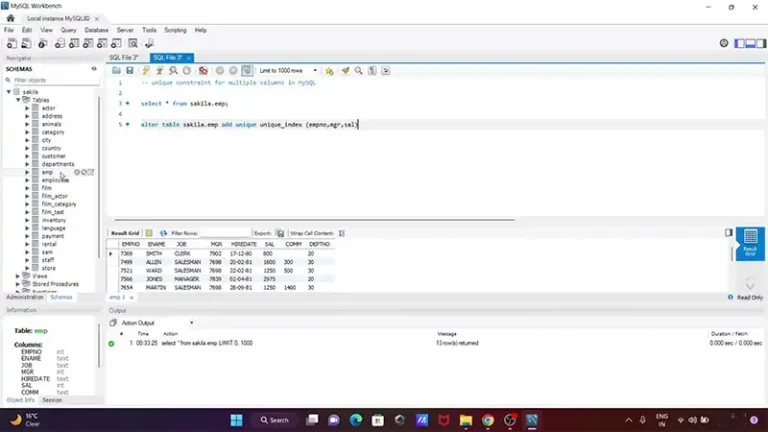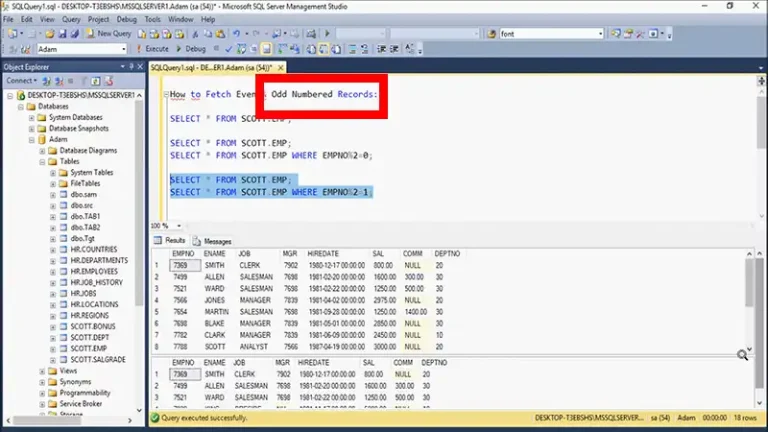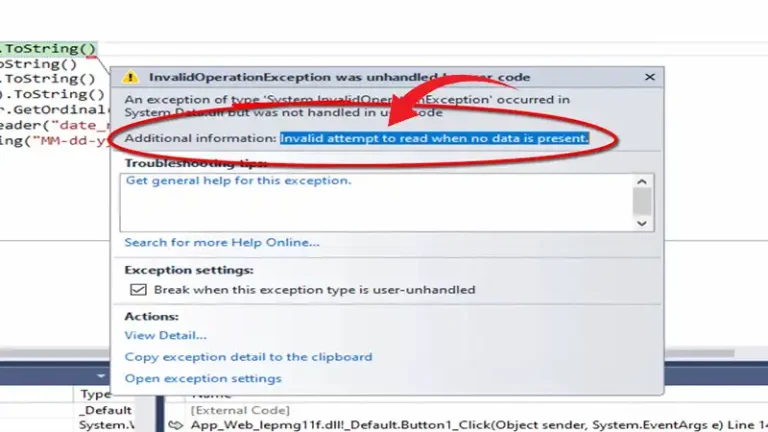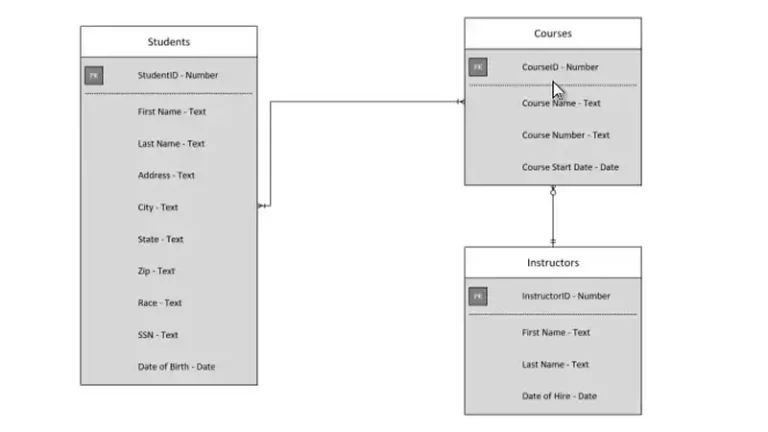How to Extract Data From XML File Using SQL Query | 2 Methods Explained
If you’ve ever dealt with XML files and needed to extract specific data, you’ll appreciate the power and simplicity of using SQL queries for this task. To extract data from an XML file using an SQL query, you can use the SQL Server’s built-in XML functions. Or, you can leverage the native XML support in…

